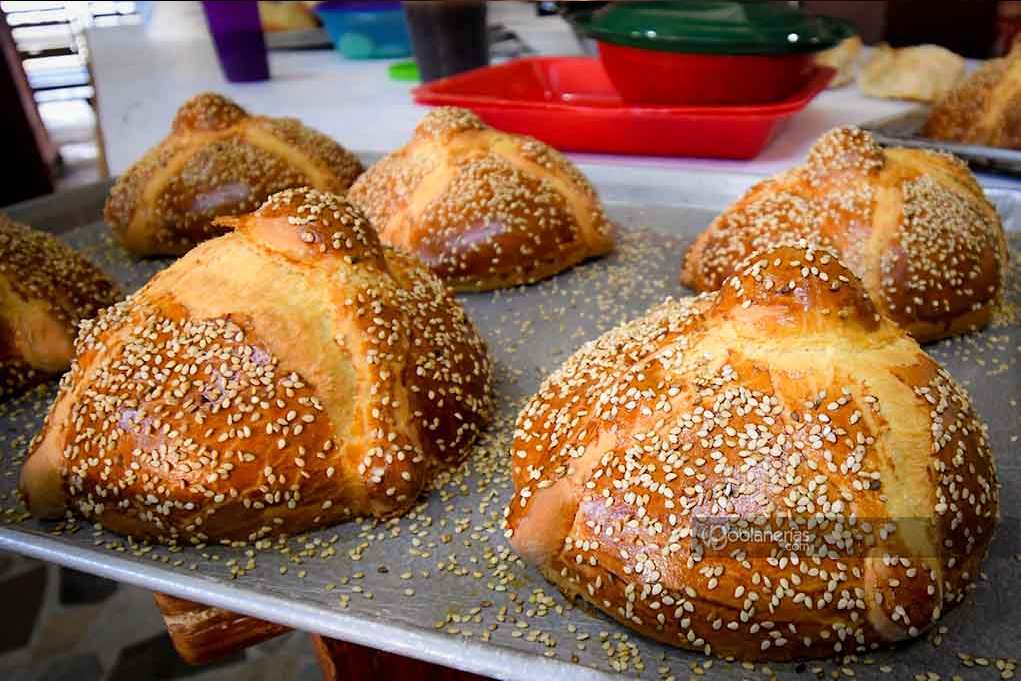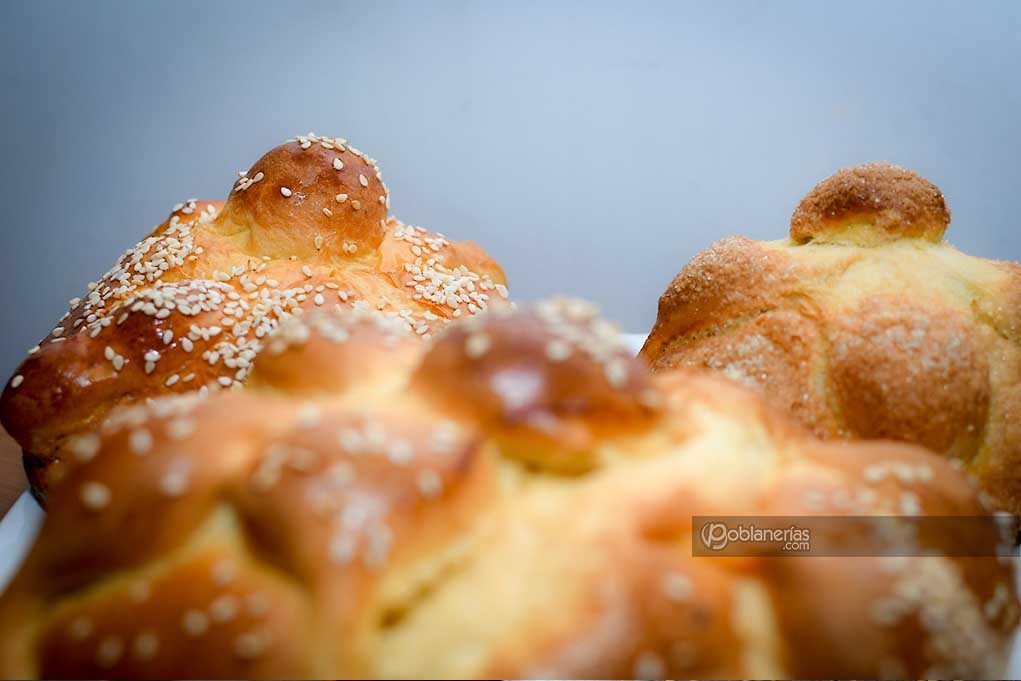Nota: Este contenido tiene una versión original en español
Mexico is well known because of its traditions that are alive even the time, one of them it’s Dead’s Day, when many candies and desserts are typical of this season.
It’s well known as a traditional Mexican bread, the best known and the most important on Dead’s Day. It is the Pan de muerto (dead’s bread), and there are many different version regarding its origin.
In prehispanic era, dead’s bread was the huitlatamalli, a type of tamal; however, it has evolved with the time, until nowadays shape.

Puebla
According to the state it’s the name, also the preparation method could change, for example, in Puebla, pan de muerto is well known as hojaldra.
At “Monarca” bakery, located in 19 Poniente Avenue and 9 Sur Street, Hugo Hernandez, head baker, assures that pan de muerto is made during the whole year; however, during this season its production increases, baking more than 200 hojaldras a day.
Preparation
Starting with the bread dough, the ingredients are: flour, eggs, sugar, baking powder, orange blossom water, butter, and a little salt to give enough firmness to the dough, explained Hugo.
Mr. Hugo stands out the importance of knead the mixture with the hands, avoiding a machine because in this way you learn how to use al the main ingredients, and it will be made at home.
Fist of all, to start we make a flour circle as a fountain, with an empty circle in the center on a plane surface. Then, there will be inside the empy circle another ingredients, it will depends on the production amount.
As an example, 2 kilos flour, 20 hojaldras can be made, and for this is necessary:
- 22 eggs
- 600 grams sugar
- 20 to 60 grams baking powder
- A 1/8 cup orange blossom water
- 400 to 800 grams butter
- Salt
Hugo Hernandez considers that there must be use a few orange blossom water, because if there exceeded it could taste terrible.
“You put a few, if you exceed with the amount the bread could taste terrible. It must have an specific amount, to give the flavor, but a little”, explains.
All this is kneaded until it becomes a consistent mixture and can be removed from the table, which can take about 30 minutes.
Afterwards, it’s left to fest for two hours, until the dough can rise. Then, it is kneaded again to divide it into portions and a third part of the dough should be left to make the “bones” and the “little heads” for decoration.

(Foto: Rodrigo Peña / Agencia Express Media)
Once the mixture has been kneaded, it is time to roll the dough, it means, to make the portions that were previously cut into small balls and placed on a buttered tray so that they don’t stick together, and let them rest for between two and three hours.
He explained that the balls will double in size, so space must be left between each hojaldra.
While it is left to rest, the baker makes the little bones, which are made with finger flats, and the little heads are made with the same technique of shape, but with less dough .
After rest hours, they should be glazed with beaten egg if you want to make sesame hojaldras, or, with melted butter if they will be made with sugar, decorating with the bones and head.
Before entering the oven, sesame hojaldras are coated again with egg and seeds are sprinkled. After that are baked at 220 degrees Celsius for 15- 20 minutes and are ready to eat.
Sugar hojaldras are varnished and the sugar is sprinkled on them after they come out of the oven.
Translation by: Luba Michelle García Vega
__
POB/PCL












